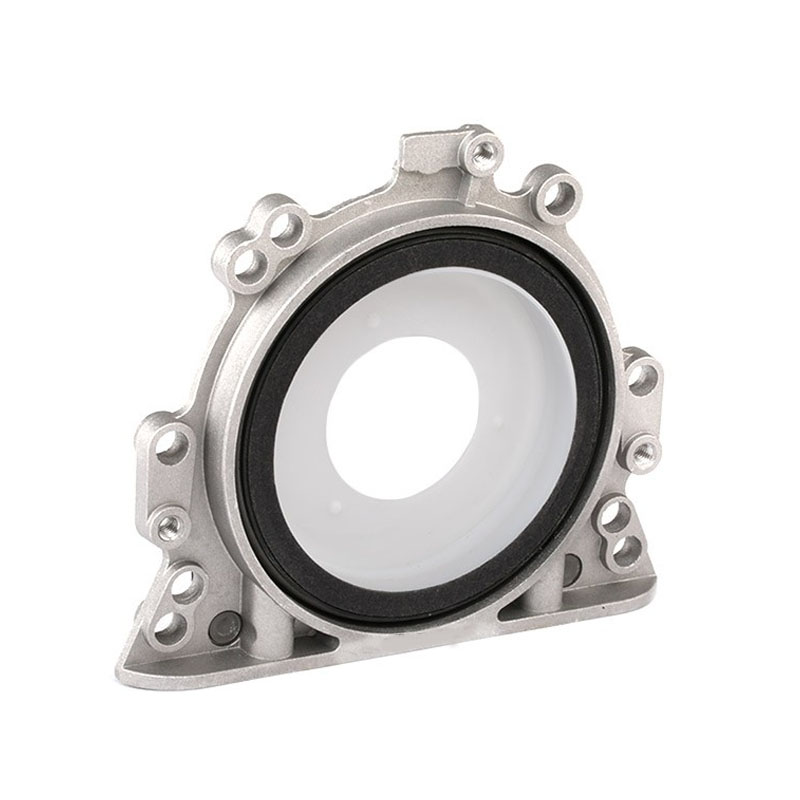Transmission to Transfer Case Seals Overview and Importance in Vehicle Performance
Understanding Transmission to Transfer Case Seal Importance and Functionality
The transmission to transfer case seal is a crucial component in a vehicle's drivetrain system. It plays a significant role in ensuring that the power generated by the engine is effectively transferred to the wheels while maintaining the integrity of the fluid environment within the transmission and transfer case. Understanding this seal's function, importance, and maintenance can help vehicle owners ensure increased efficiency and longevity in their automotive systems.
What is a Transmission to Transfer Case Seal?
The transmission to transfer case seal, often referred to as a transfer case seal or output shaft seal, is a rubber or silicone component designed to prevent the leakage of transmission fluid. This seal is positioned where the output shaft of the transmission connects to the input of the transfer case, which is particularly important in four-wheel drive (4WD) and all-wheel drive (AWD) vehicles. It functions as a barrier, keeping transmission fluid contained within the system, which is vital for lubrication and cooling.
Importance of the Transmission to Transfer Case Seal
1. Fluid Retention The primary function of the transmission to transfer case seal is to prevent fluid leaks. Transmission fluid is essential for lubricating the moving parts within the transmission and transfer case. A leak can lead to insufficient lubrication, resulting in increased wear and tear, overheating, or even catastrophic failure of transmission components.
2. Efficiency A well-functioning seal assists in maintaining optimal pressure within the transmission system. This pressure ensures that the transmission shifts smoothly and efficiently. When the seal fails, it can lead to erratic shifting and even difficulty in engaging gears, ultimately affecting vehicle performance.
3. Contaminant Prevention In addition to retaining fluid, the seal also prevents dirt, debris, and other contaminants from entering the transmission and transfer case. Contaminants can compromise the lubricant's effectiveness and cause premature wear on internal components.
transmission to transfer case seal

Recognizing Seal Failures
Signs of a failing transmission to transfer case seal may include
- Fluid Leaks Puddles or spots of red or brown fluid underneath the vehicle can indicate a leak from the transmission or transfer case. - Erratic Shifting Difficulty in shifting gears or unexpected shifts can signal problems with the seal or the drivetrain.
- Unusual Noises Grinding or whining noises can also indicate a problem with the transmission or transfer case, possibly related to inadequate lubrication.
Maintenance and Replacement
Regular maintenance is essential to ensure the longevity of the transmission to transfer case seal. A vehicle owner should conduct routine checks for fluid levels and inspect for visible leaks during oil changes or service intervals. If a seal is found to be worn or damaged, prompt replacement is critical to prevent further damage to the transmission or transfer case.
In conclusion, the transmission to transfer case seal serves a vital function in vehicle performance and reliability. Understanding its importance, recognizing potential failures, and conducting regular maintenance can enhance the lifespan of the vehicle's drivetrain. Vehicle owners should always consult with a qualified mechanic to address any issues with their transmission and transfer case seals to ensure their vehicle operates smoothly and efficiently.
-
Simplifying Oil Changes: A Comprehensive Guide to Oil Drain Plugs and Their Variants
News Aug.04,2025
-
Mastering Oil Drain Maintenance: Solutions for Stripped, Worn, and Upgraded Oil Plugs
News Aug.04,2025
-
Fixing Oil Pan Plug Issues: Leaks, Stripped Nuts, and the Right Replacement Solutions
News Aug.04,2025
-
Everything You Need to Know About Oil Drain Plugs: Sizes, Fixes, and Upgrades
News Aug.04,2025
-
Choosing the Right Oil Drain Plug: A Guide to Sizes, Materials, and Drain Innovations
News Aug.04,2025
-
A Complete Guide to Automotive Drain Plugs: Types, Problems, and Innovative Solutions
News Aug.04,2025
-
The Ultimate Guide to Car Repair Kits: Tools and Essentials Every Driver Should Own
News Aug.01,2025
Products categories















